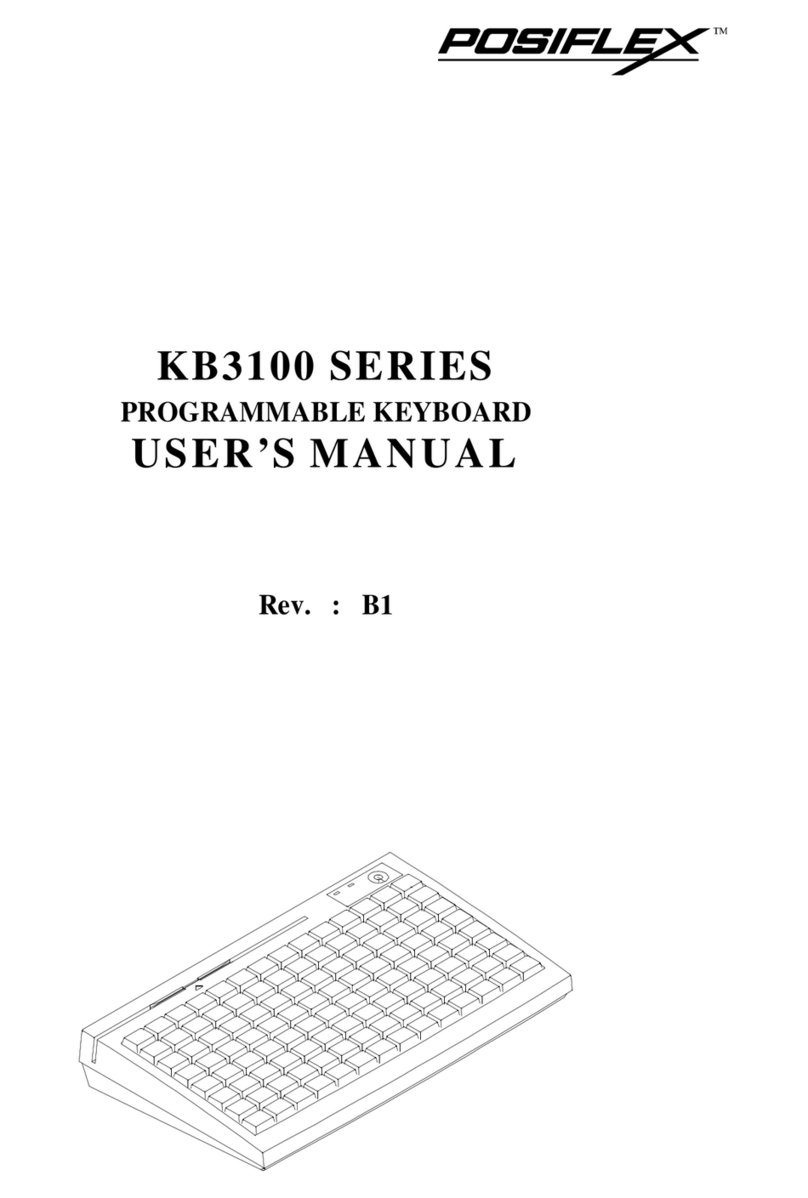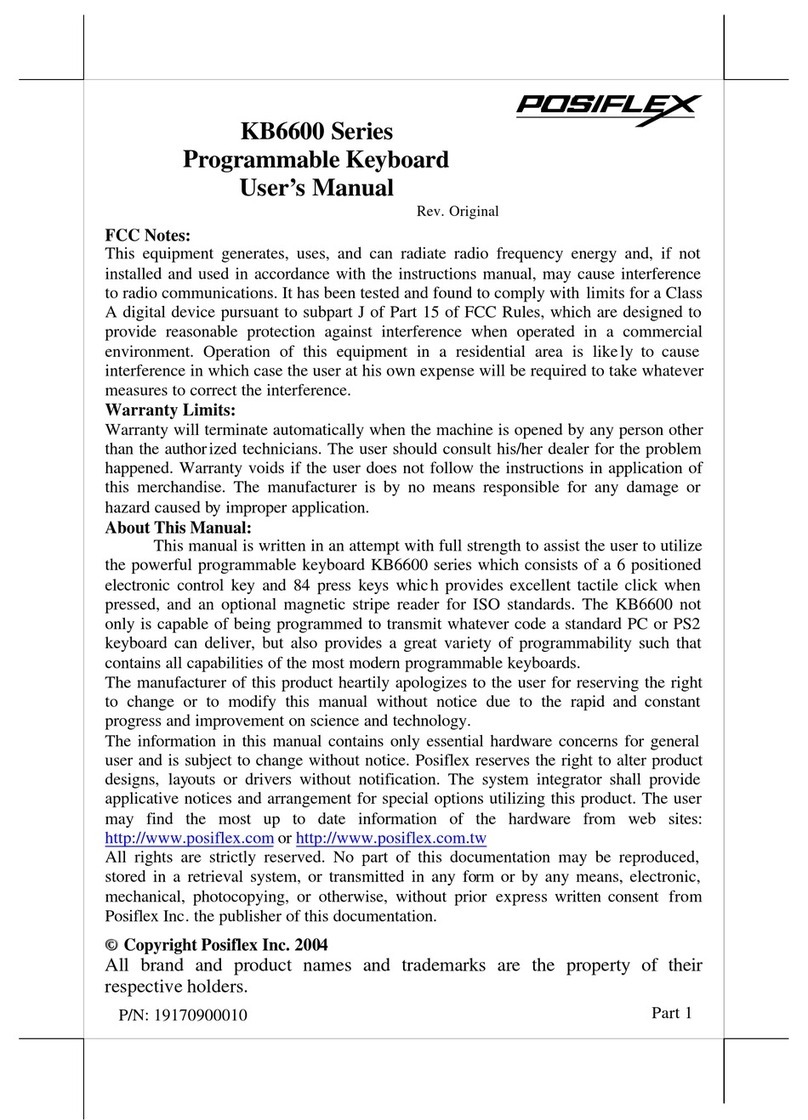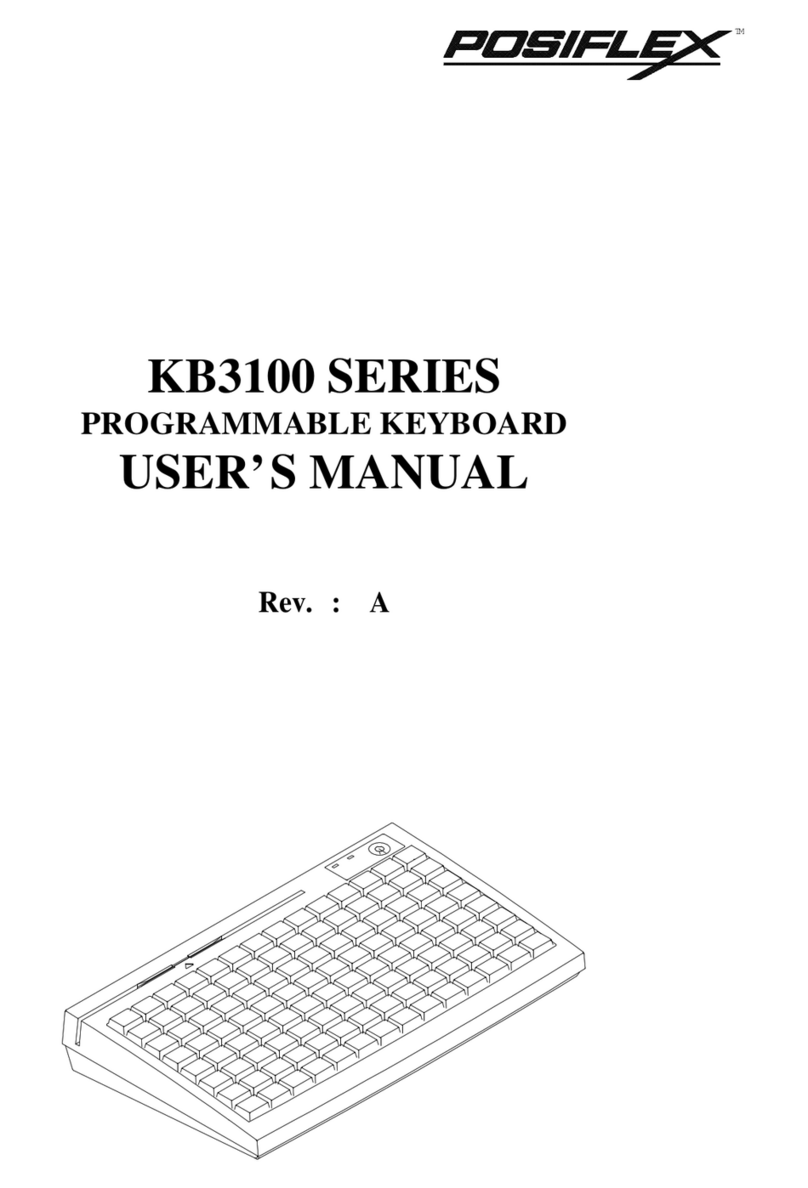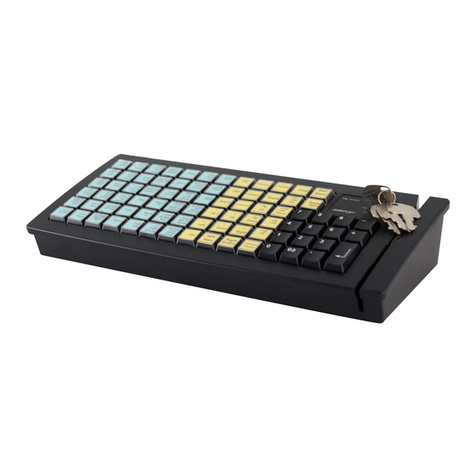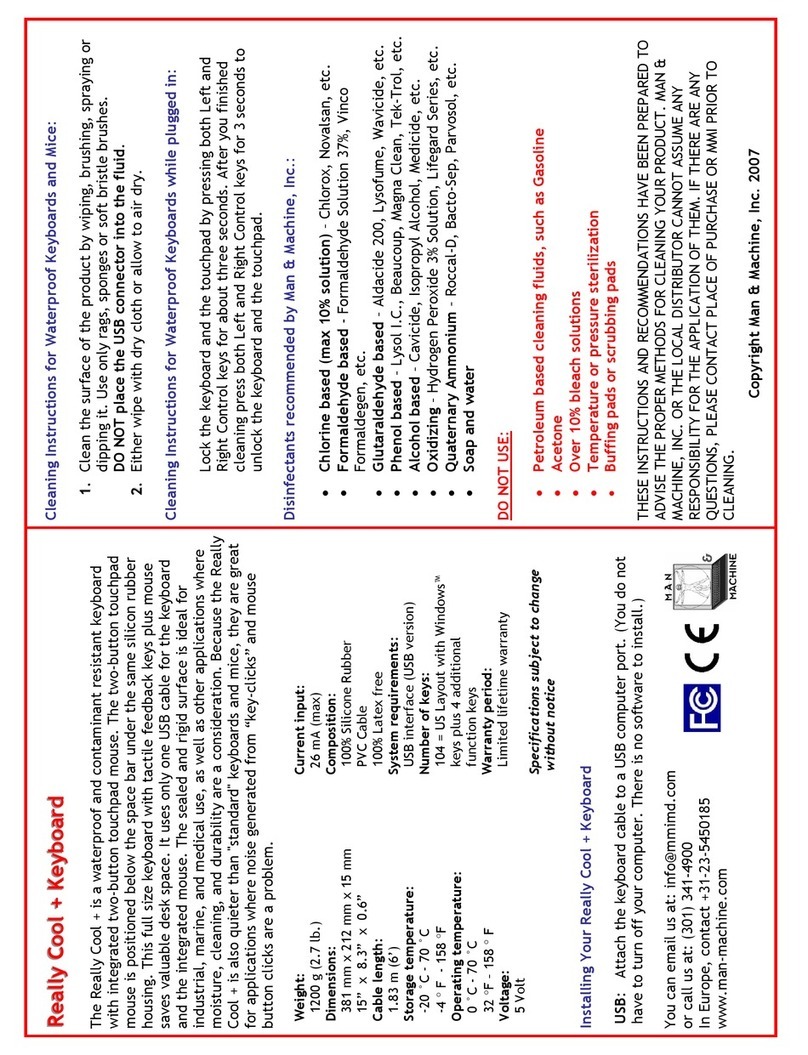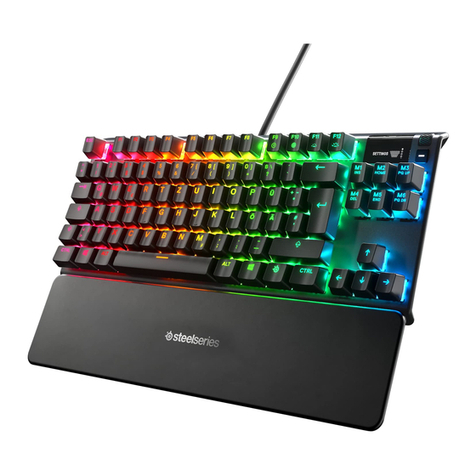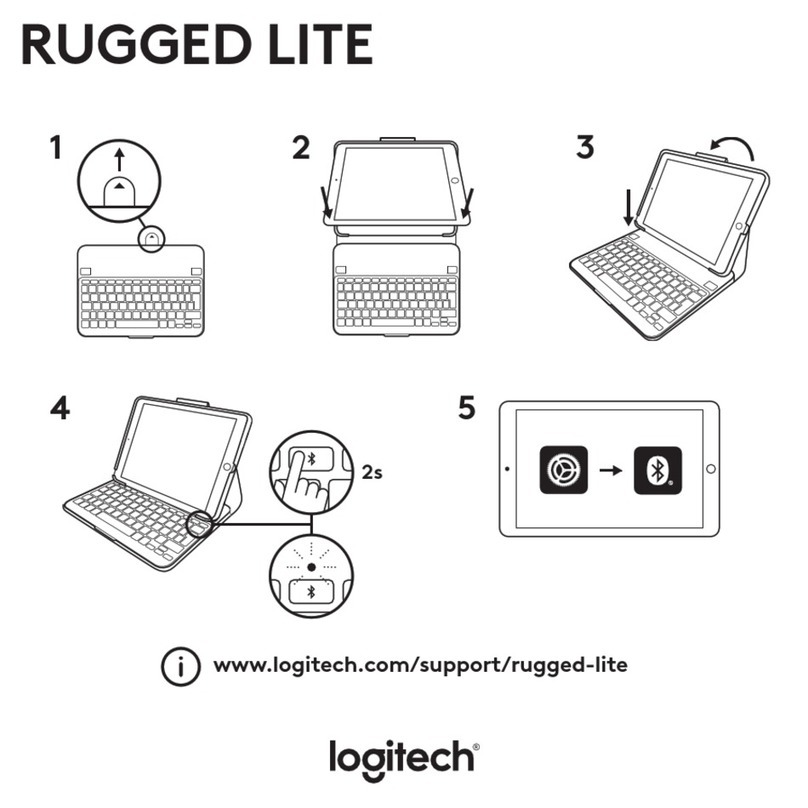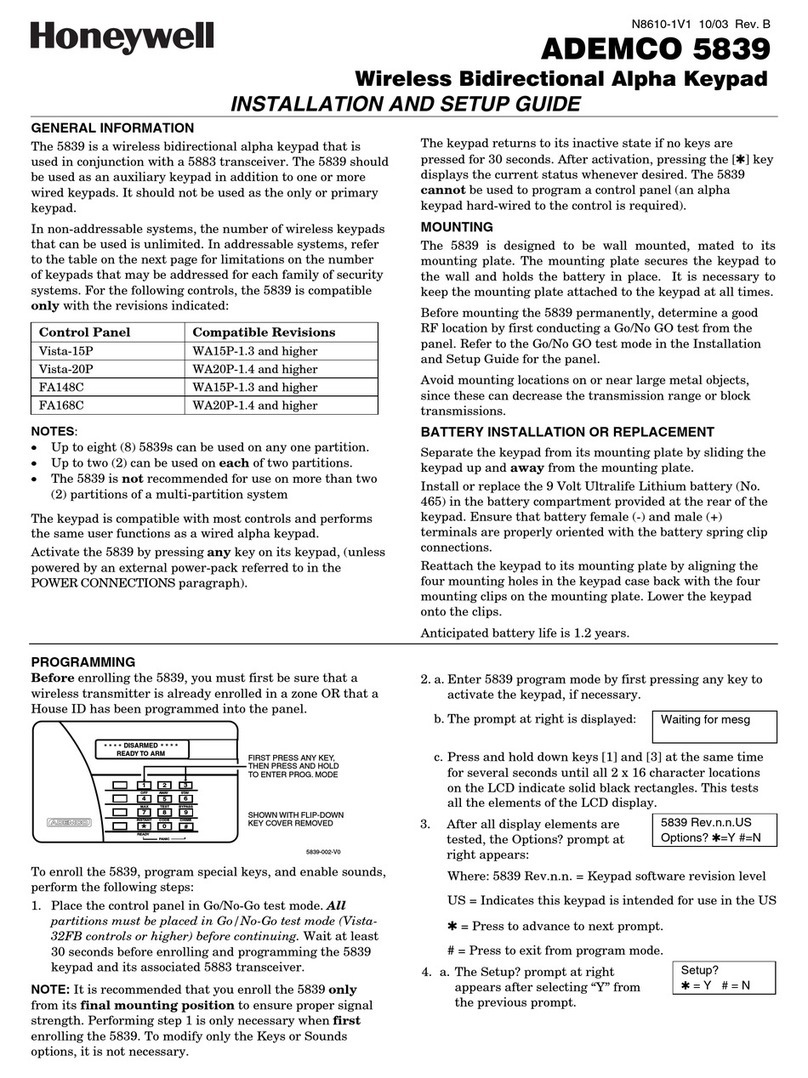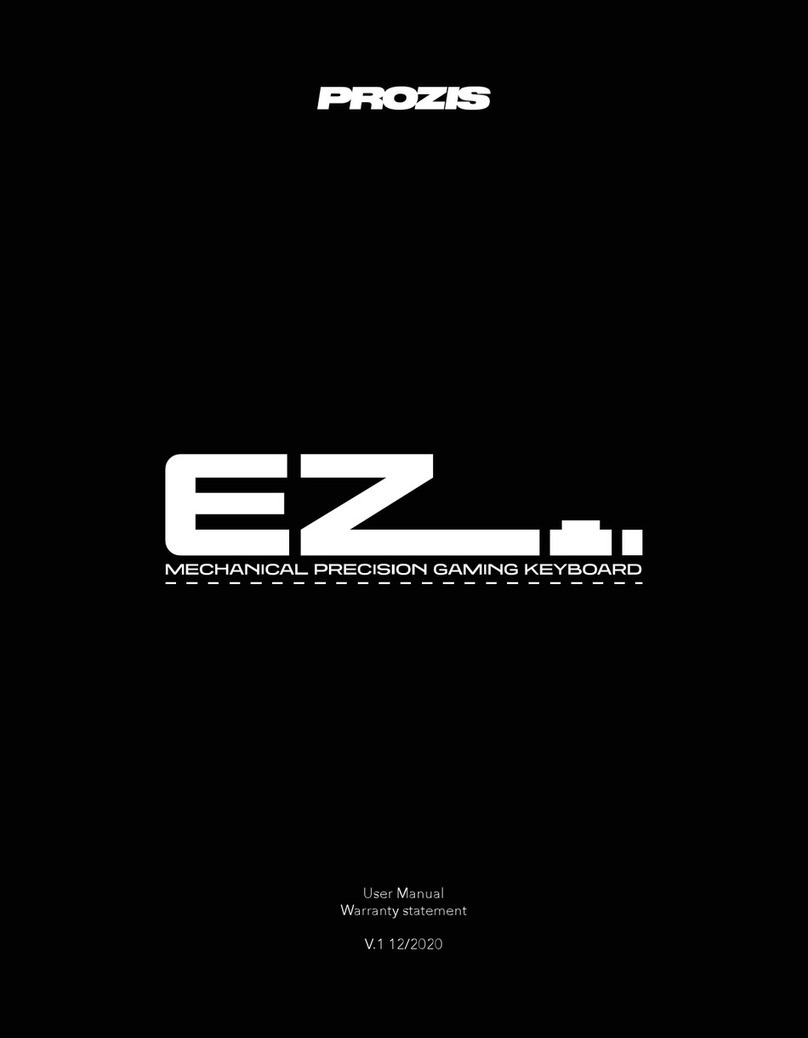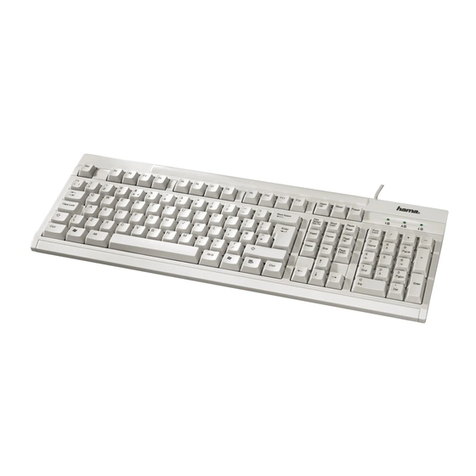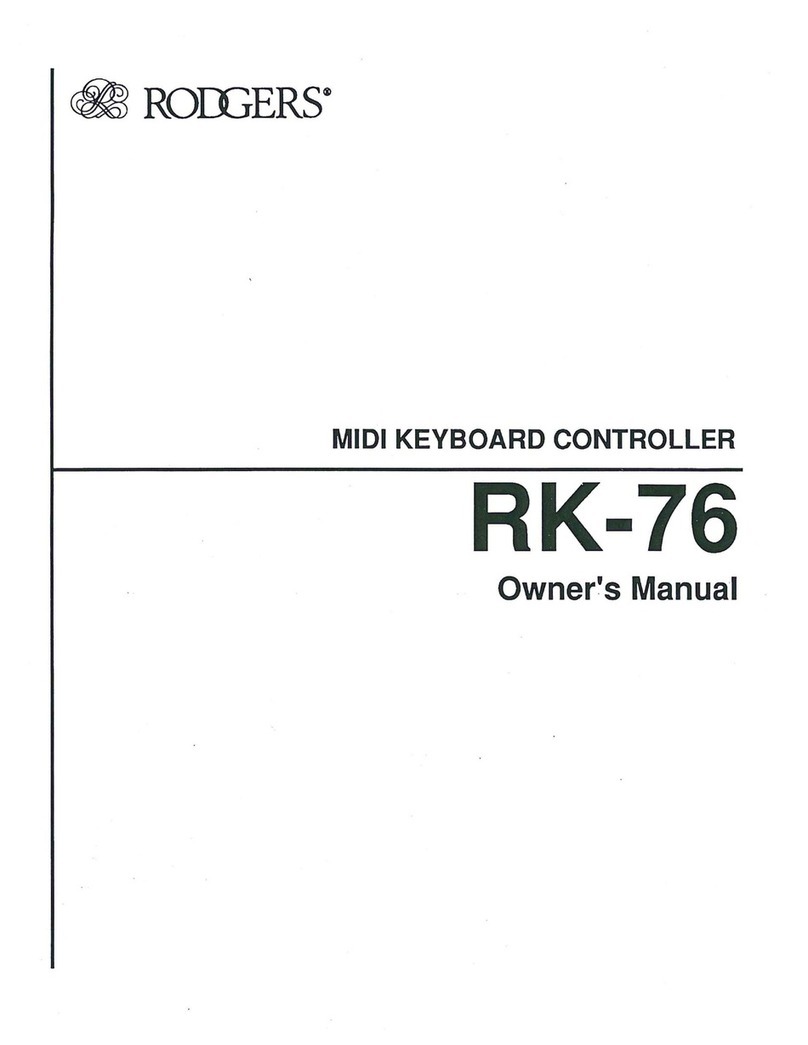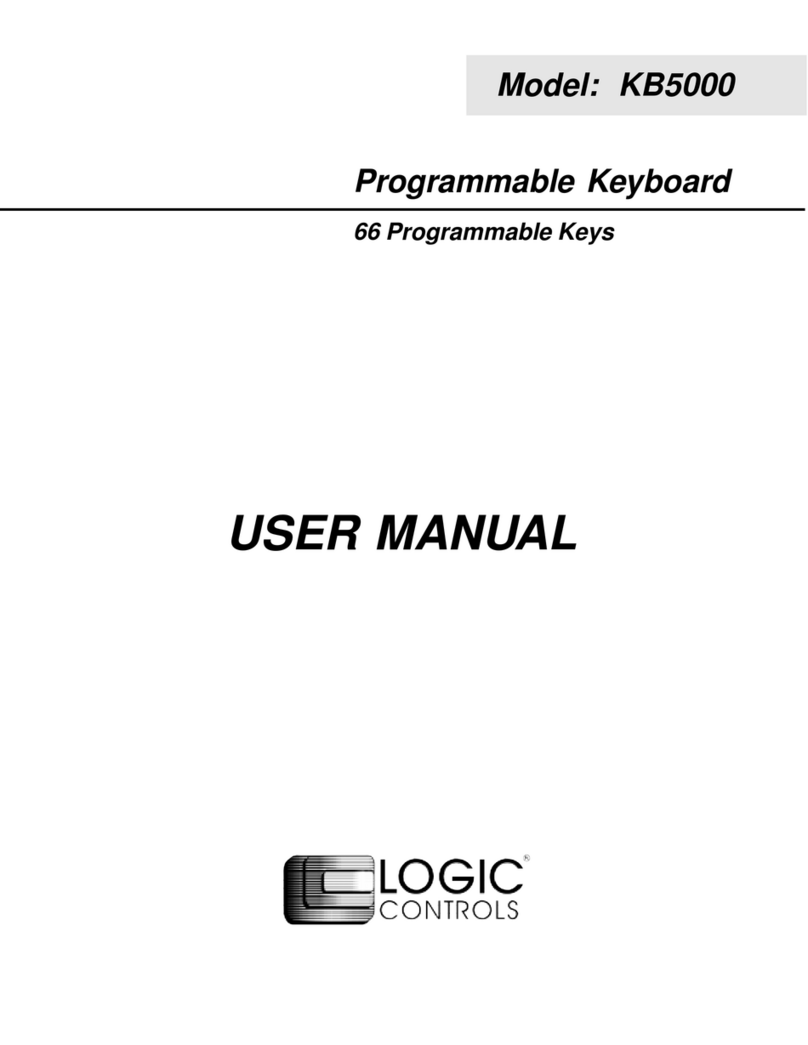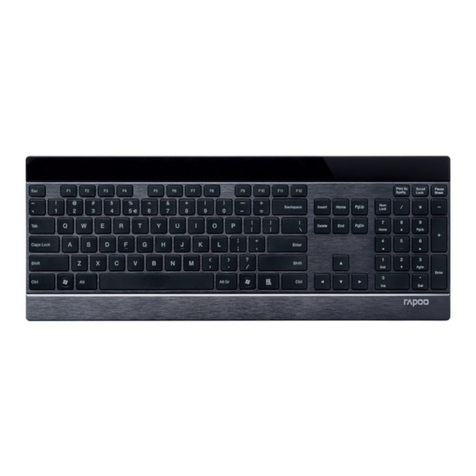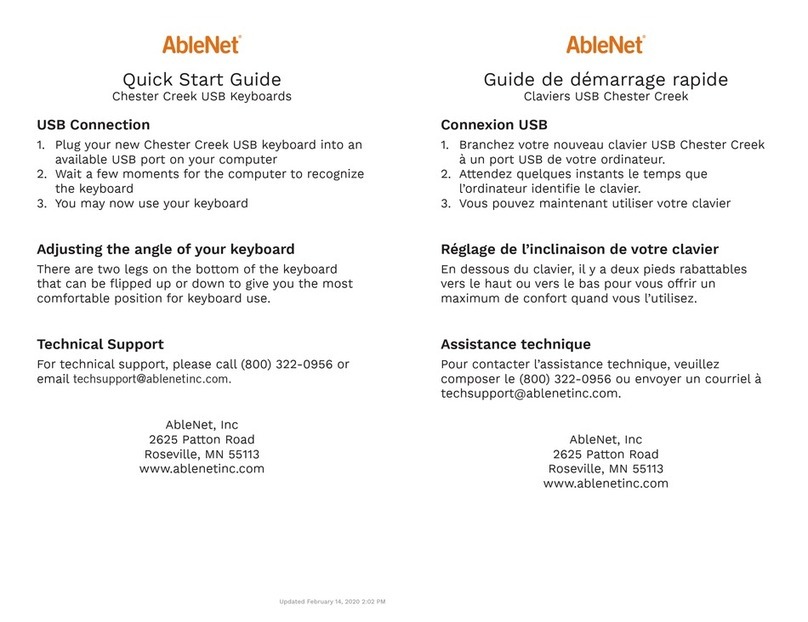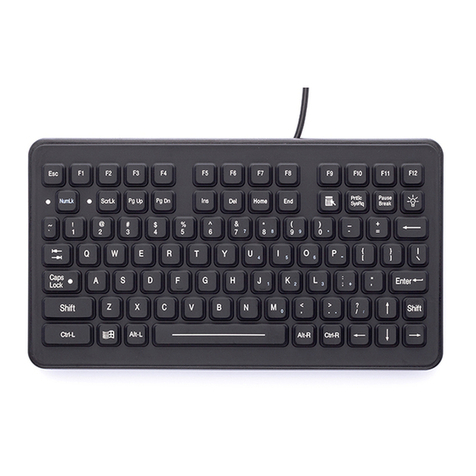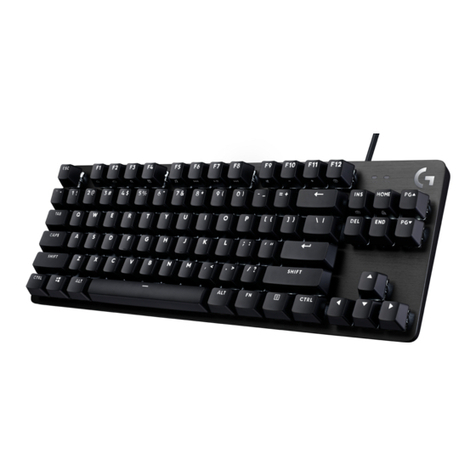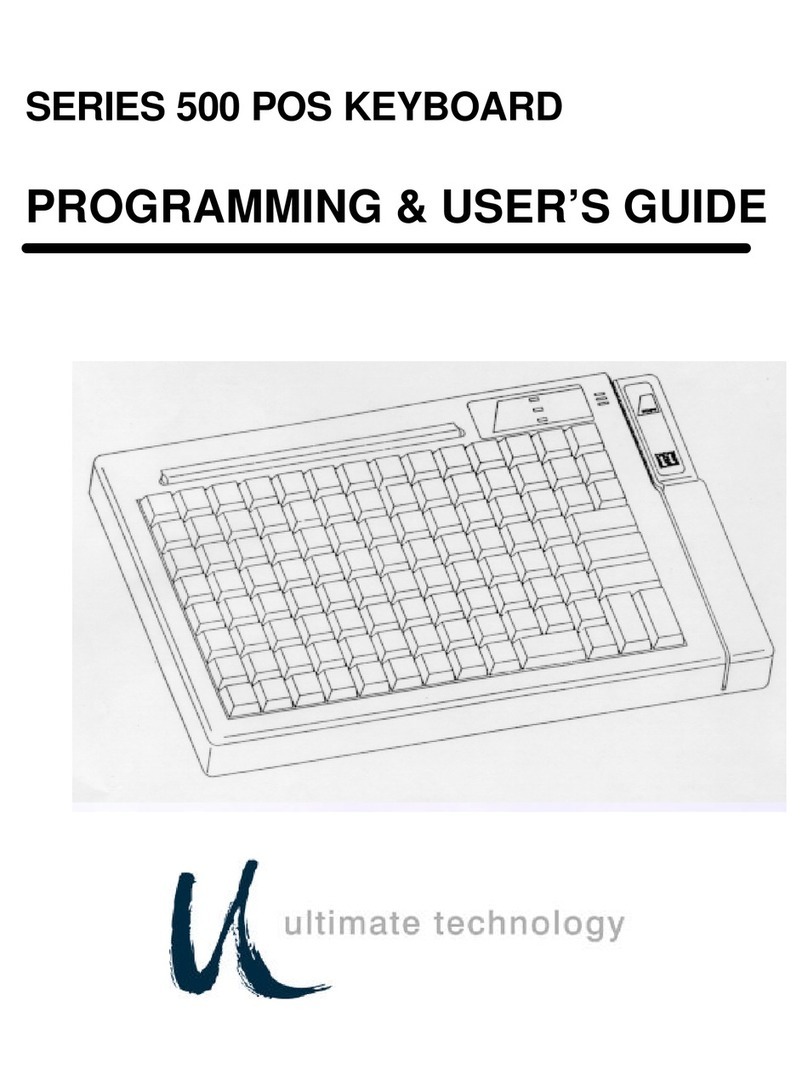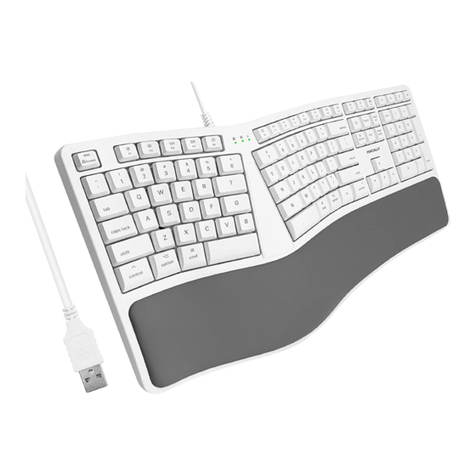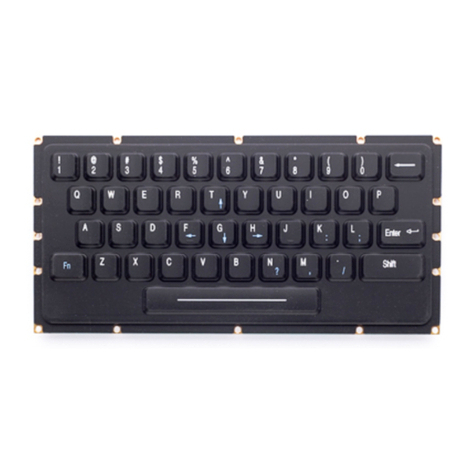i
TM
TABLE OF CONTENTS
OVERVIEW . . . . . . . . . . . . . . . . . . . . . . . . . . . . . . . . . . . . . . . . . . . . . . . 1 - 1
SCOPE . . . . . . . . . . . . . . . . . . . . . . . . . . . . . . . . . . . . . . . . . . . . . . 1 - 1
FEATURES . . . . . . . . . . . . . . . . . . . . . . . . . . . . . . . . . . . . . . . . . . . 1 - 1
MODEL NUMBERS . . . . . . . . . . . . . . . . . . . . . . . . . . . . . . . . . . . . 1 - 2
ACCESSORIES . . . . . . . . . . . . . . . . . . . . . . . . . . . . . . . . . . . . . . . 1 - 2
OPTIONS . . . . . . . . . . ..................................1 - 2
STANDARD LAYOUT . . . . . . . . . . . . . . . . . . . . . . . . . . . . . . . . . . . . 2 - 1
FRANCE . . . . . . . . . . . . . . . . . . . . . . . . . . . . . . . . . . . . . . . . . . . . . 2 - 2
GERMANY . . . . . . . . . . . . . . . . . . . . . . . . . . . . . . . . . . . . . . . . . . . 2 - 3
ITALY . . . . . . . . . . . . . . . . . . . . . . . . . . . . . . . . . . . . . . . . . . . . . . . . 2 - 4
NETHERLANDS . . . . . . . . . . . . . . . . . . . . . . . . . . . . . . . . . . . . . . 2 - 5
PORTUGAL . . . . . . . . . . . . . . . . . . . . . . . . . . . . . . . . . . . . . . . . . . 2 - 6
SPAIN . . . . . . . . . . . . . . . . . . . . . . . . . . . . . . . . . . . . . . . . . . . . . . . 2 - 7
SWEDEN/FINLAND . . . . . . . . . . . . . . . . . . . . . . . . . . . . . . . . . . . 2 - 8
UNITED KINGDOM . . . . . . . . . . . . . . . . . . . . . . . . . . . . . . . . . . . . 2 - 9
UNITED STATES . . . . . . . . . . . . . . . . . . . . . . . . . . . . . . . . . . . . . 2 - 10
INSTALLATION . . . . . . . . . . . . . . . . . . . . . . . . . . . . . . . . . . . . . . . . . . 3 - 1
HARDWARE INSTALLATION . . . . . . . . . . . . . . . . . . . . . . . . . . 3 - 1
UTILITY INSTALLATION . . . . . . . . . . . . . . . . . . . . . . . . . . . . . . . 3 - 2
PROGRAMMING . . . . . . . . . . . . . . . . . . . . . . . . . . . . . . . . . . . . . . . . . 4 - 1
HOT KEY PROGRAMMING . . . . . . . . . . . . . . . . . . . . . . . . . . . . 4 - 1
PREPARATION . . . . . . . . . . . . . . . . . . . . . . . . . . . . . . . . . 4 - 1
ENTER “HOT KEY PROGRAMMING” MODE . . . . . . . 4 - 1
INPUT THE CONTENT TO BE PROGRAMMED . . . . . 4 - 2
EXIT “HOT KEY PROGRAMMING” MODE . . . . . . . . . . 4 - 3
PROGRAMMING UTILITY (KBM.EXE) . . . . . . . . . . . . . . . . . . . 4 - 4
GENERAL . . . . . . . . . . . . . . . . . . . . . . . . . . . . . . . . . . . . . . 4 - 4
